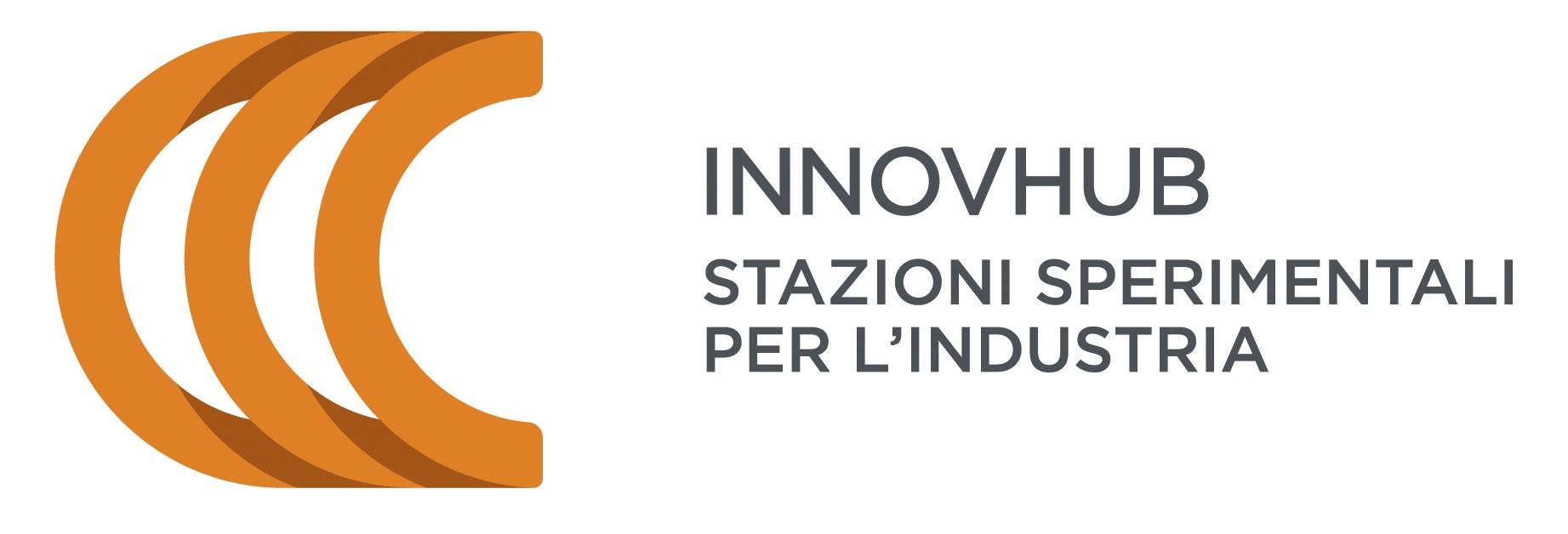Study of the contaminating effect of mineral oils in the production chains of vegetable oils and fats
Institutional project
Duration: 2021-


In 2021 Innovhub SSI has launched an important research project aimed at monitoring contamination by mineral oils along the production steps of some products.
 Mineral oil hydrocarbons (MOH) are contaminants widely spread in the agri-food chains and in other sectors, such as animal feed, food packaging materials, cosmetics and pharmaceuticals.
Mineral oil hydrocarbons (MOH) are contaminants widely spread in the agri-food chains and in other sectors, such as animal feed, food packaging materials, cosmetics and pharmaceuticals.
They are classified into two main groups: Mineral Oil Saturated Hydrocarbons - MOSHs (linear and branched open chain alkanes and alkyl substituted cycloalkanes), which can accumulate in human tissues and cause harmful effects on the liver, and Mineral Oil Aromatic Hydrocarbons - MOAHs (alkylated and non-alkylated polyaromatic hydrocarbons with a various number of fused rings), which can act as genotoxic and carcinogens.
Food contamination by MOH can result from environmental contamination or occur at various stages of the production process, for example by contact with lubricants and hydraulic fluids used in machineries for harvesting operations and food production, food additives or technological adjuvants. MOH migration can occur from recycled packaging materials in contact with food (printing inks), from plant protection products used in farming and animal feed contaminated by the use of raw and/or refined edible oils and fats.
Due to the potential negative effects on human health, in 2017 the European Union invited the Member States to monitor and collect data on various food products, including vegetable oils, animal fats, cereals and derivatives, oleaginous seeds, confectionery products, dried legumes, nuts, packaging materials, etc. (EU Recommendation 84/2017).
The analysis of MOSH and MOAH hydrocarbons has therefore become an important tool for the protection of consumers in the various age groups, primarily because of the potential carcinogenic activity exerted by the MOAHs and in consideration of the fact that oils and fatty substances are major ingredients of various food products, including infant product formulations.
The Project
This is the context for the institutional project of Innovhub - Stazioni Sperimentali per l’Industria, Oils and Fats Area, “Study of the contaminating effect of mineral oils in the production chains of vegetable oils and fats”, lasting three years (2021-2023) and entirely self-financed. The research will be carried out in collaboration with the Italian Association of the edible Oil Industry (ASSITOL) and with some associated companies, as research partners.
The project aims to carry out a complete and accurate monitoring of mineral oil contamination along the different stages of the production chains of sunflower, corn and grape seed oils from oleaginous seeds receipt to obtain crude and refined oils, identifying in which points of the production chain mineral oil contaminations may occur and, on this basis, make improvements in the production process and reduce contamination at the source.
The analysis of mineral hydrocarbons in food is not easy, due to the complexity of the mixtures to be separated and the difficulty of separating hydrocarbons of non-mineral origin. In addition, the presence of numerous sources of contamination often makes it difficult to identify the source of contamination itself.
Following the guidelines of the Joint Research Center of 2019, for the determination of these contaminants Innovhub-SSI Srl will use a specific instrumentation which provides an on-line system HPLC-GC coupled to GCxGC-MS-FID technique as a confirmation methodology in the case of the presence, in the examined samples, of interferents of endogenous nature or natural hydrocarbons not of mineral origin, such as n-alkanes, polyolefins (squalene, carotenoids), their refining isomers and sterenes.
The use of combined techniques GCxGC-MS-FID allows a quantification of contaminants classes, the identification of the presence of interferents and, where possible, the qualitative study of MOSH and MOAH fractions to trace the possible sources of contamination. Finally, the instrumentation will be combined with partly automated sample pre-purification techniques, which include epoxidation, passage on an alumina oxide column and saponification, for the elimination of interfering substances and to increase the sensitivity of the method.
For more information: Liliana Folegatti, Head of Fats, Derivatives and Oil Technologies Laboratory (liliana.folegatti@mi.camcom.it)